Alexander Kim
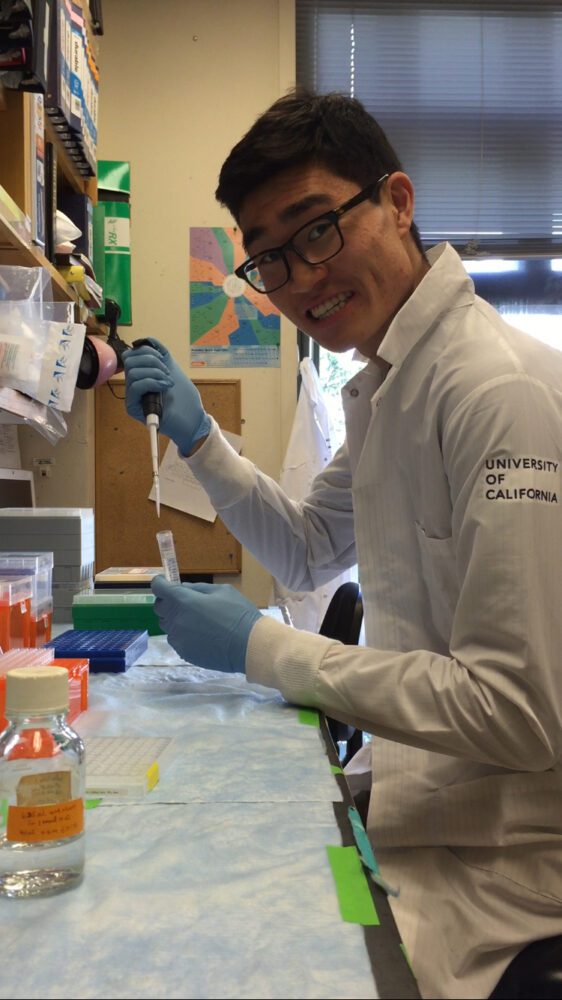
Cancer refers to a group of currently incurable diseases characterized by the unchecked proliferation of abnormal cells in the body, resulting in the growth of tumors. Today, cancer remains the second leading cause of death in this country. Most current cancer therapies are highly toxic and often only partially effective, highlighting the need for a greater understanding of this disease in order to inform new therapies. Immune cells, including natural killer (NK) cells, possess the innate ability to identify and destroy tumor cells via specific interactions between cell surface receptors […]
Justin Choe
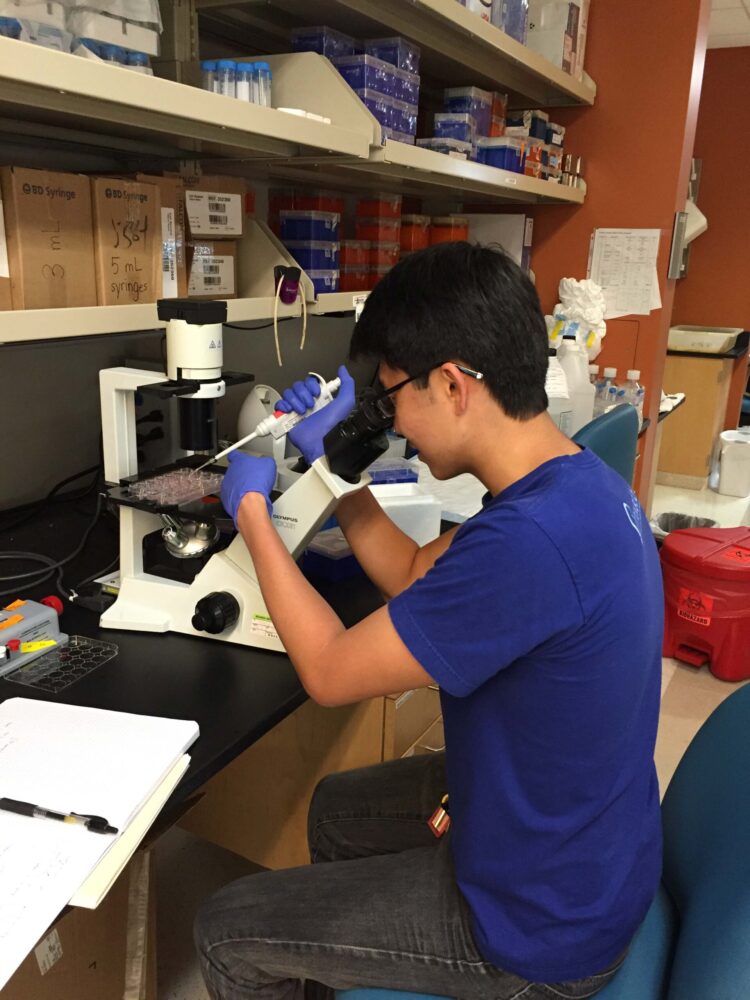
Despite the growing prevalence of diabetes, the exact biological mechanisms leading to the onset of this disease still remain painfully unclear. Type 1 diabetes in particular is caused by an autoimmune attack to an individuals insulin secreting beta cells; this cell population cannot be regenerated and an adverse condition known as hyperglycemia ensues. The immune cells and chemokines present in the pancreas at the onset of this autoimmune response are of interest when considering this disease. Recent studies have suggested that the activity of a particular G-coupled protein receptor may […]
Saam Shahrokhi
It is estimated that about 300,000 women will be diagnosed with breast cancer in 2016, making it cancers most common form. About twenty percent of these cases are classified as ductal carcinoma in situ (DCIS), meaning that within the milk duct (ductal) of the mammary gland, cancerous epithelial tissue (carcinoma) has formed, and it is still localized to where it originally developed (in situ). At this stage, ductal carcinoma is not lethal, and a simple lumpectomy can often be performed to remove malignant tissue. However, if the cancer cells proliferate […]
Alexios Stamoulis
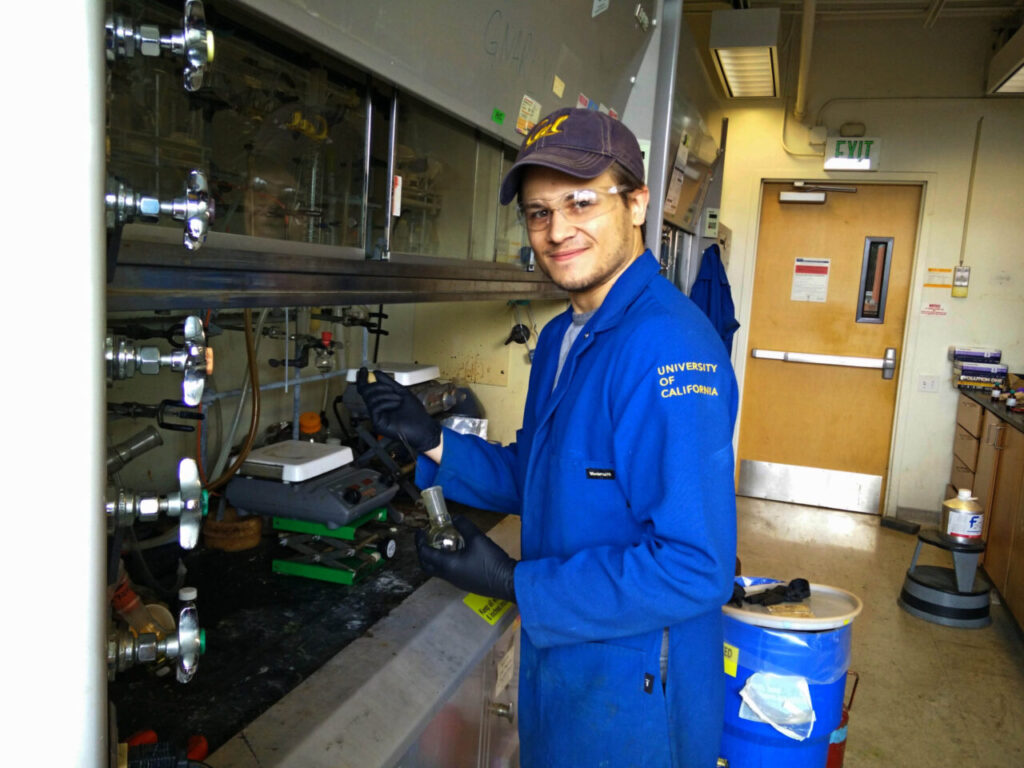
The catalytic profile of supramolecular hosts is analogous to that of most enzyme active sites and biological chaperones, which provide both entropic and enthalpic incentives for rapid and reversible substrate encapsulation into their hydrophobic cavities and catalyze reactions by stabilizing transition states. So far, the Raymond group has made significant advances in the study and further development of M4L6 tetrahedral clusters. These tetrahedral clusters are composed of four gallium ions which make up the vertices of the tetrahedron and six organic ligands which make up the edges of the tetrahedron. […]
Justin Rigby

Mistletoe is a parasitic organism that inhabits many different tree species in North America. One of the most common mistletoe species is the Oak Mistletoe (Phoradendron villosum) which inhabits a few different oak species in Northern/Central California. They grow in large green clumps and on the trees and produce white berries in the fall and winter seasons. These berries provide a large source of food for various frugivores during the cold winter months. Previously, they have been shown by Janis Dickinson (Cornell University) to be the only source of food […]
Eric Chen
Lately, we have witnessed increased interest in the study of representations of symmetric groups, and in particular, in their projective representations. In a classic paper, I. Schur introduced what are now known as Schur Q-functions in order to calculate these projective characters; combinatorial formulas for these characters are also available in the early works of D. Littlewood and A. Richardson. On the other hand, the Schur Q-functions admit a natural Hopf algebra structure paralleling the classical case of symmetric polynomials, and it is well known that the Hopf algebra approach […]
Amit Akula
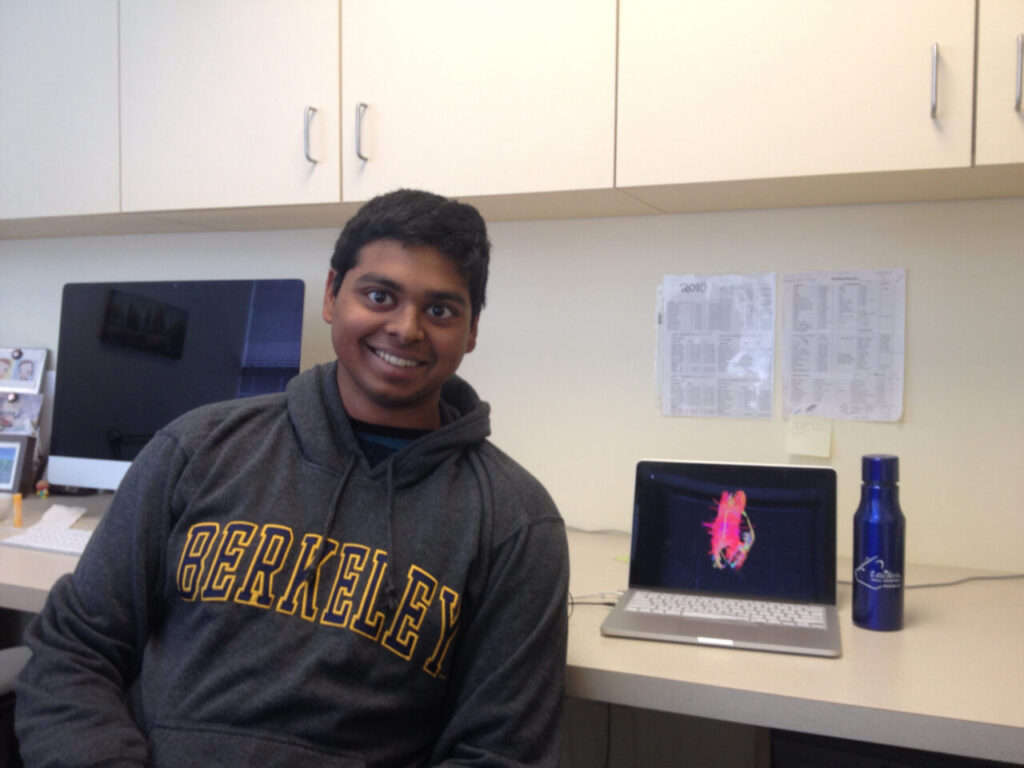
While researchers have not been able to fully characterize the pathology of multiple sclerosis (MS), conventional Magnetic Resonance Imaging (MRI) techniques have been the gold standard for the diagnosis and monitoring of MS (Guglielmetti, Lassmann). Using advanced MRI techniques, such as diffusion weighted imaging, and specifically spherical deconvolution tractography to image the brains neural tracts, recent studies have furthered MRIs predictive capabilities to leverage the brains connectivity to develop a composite MRI-based measure of motor network integrity that appears to predict disability substantially better than conventional non-network based MRI measures […]
Kenneth Han
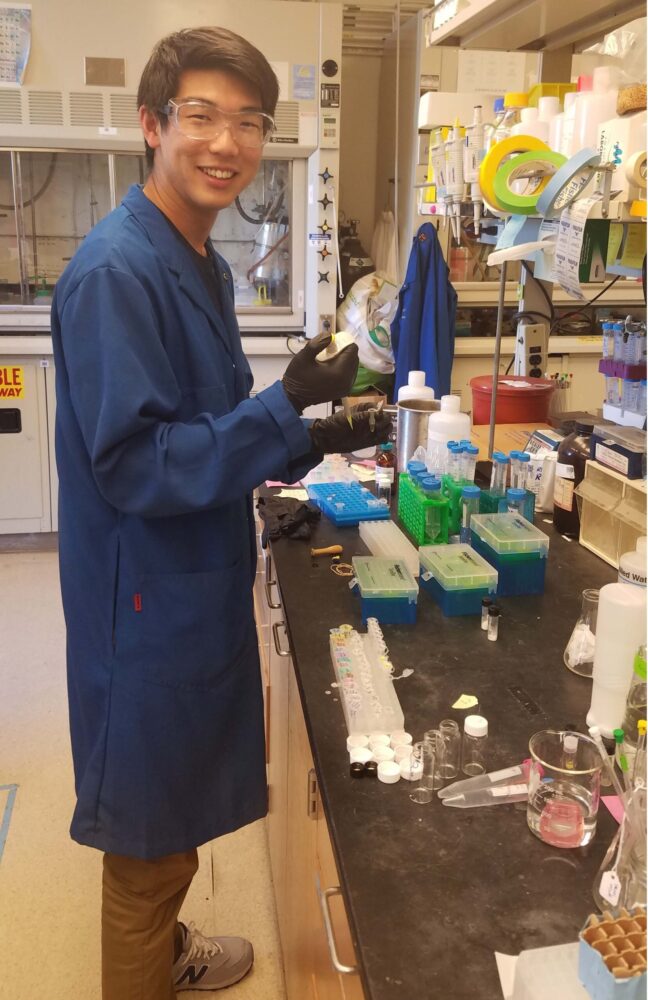
Current administration of chemotherapeutics lack specificity and have adverse effects to the body. Thus, to mitigate these effects, significant research has been done to attaching drugs to nanocarriers that range from gold to protein scaffolds. I will be working with protein based nanocarriers, derived from the tobacco mosaic virus to increase the efficacy of the chemotherapy drug doxorubicin. The protein is genome free, which makes the drug carrier a harmless protein capsid. By attaching the drug to the protein via an acid labile linker, the drug will be cleaved from […]
Daniel Srole
With our overuse of antibiotics and the resulting decline in their effectiveness, it has become increasingly important to understand their mechanisms of action. Many antibiotics act on harmful bacteria by targeting ribosomal processes and disrupting the translation from mRNA to proteins, thereby interrupting gene expression. The cells abilities to function and reproduce are thereby disrupted, and we observe the desired effects of antibiotics rather quickly. Macrolides are a class of antibiotic that works in this way. The binding site for these molecules in prokaryotes is highly conserved in eukaryotes. With […]
Cee Gould
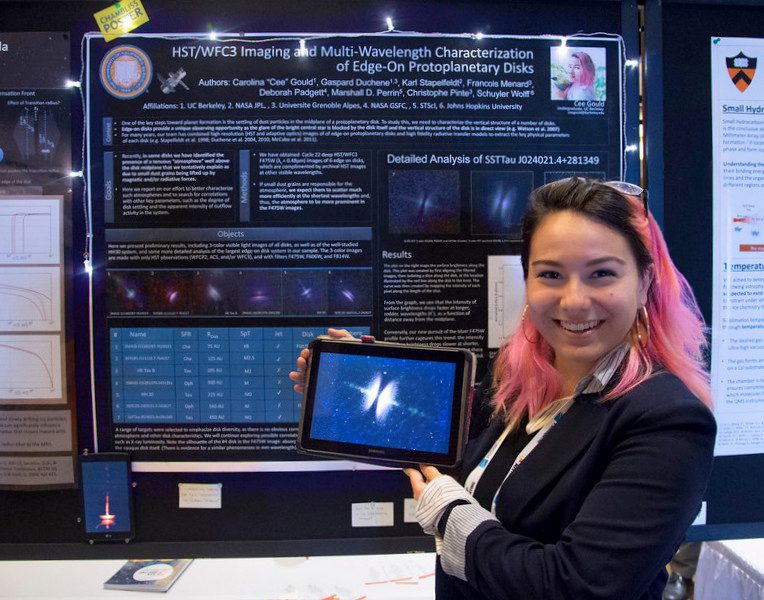
This summer, I will be conducting research on an astronomy project involving the data reduction and analytical characterization of several Hubble images of edge-on protoplanetary disks (dust around newly formed stars). This is a topic of interest since the study of pre-planetary systems lends clues to the still unsolved mysteries of the formation of planetary bodies, as well as life in the universe. Comparing high-resolution scattered light images of edge-on diskswith synthetic images from radiative transfer modeling is a powerfulapproach to constrain the disk mass, structure and dust content. By […]